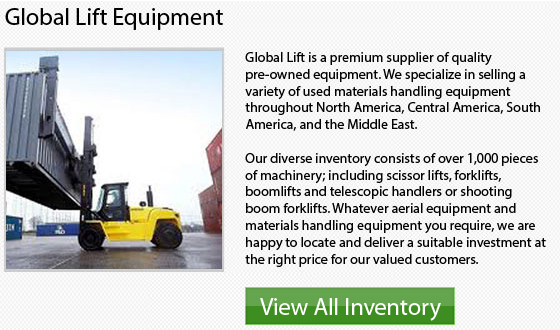
It is quite key for some companies to examine the process of selecting a lift truck. For example, will your company choose consistently the same model for your warehouse or dock work? If this is so, you might be missing out on a more effective forklift. There can be different other units available on the market which allow more to get done since they provide less fatigue to operators. You may be able to take advantage of loading trailers in a more cost-effective way. By doing some research and evaluation, you could determine if you have the best machinery to suit your needs. By reducing operator exhaustion, you can drastically increase your performance.
When determining forklift units that deal with your specific concerns several of the key factors to think about can include:
Trailer Loading Frequency:
If your shipping department just loads out a few box trucks or semi-trailers per week, then you probably won't require a pricey lift truck to complete the tasks. A less expensive walkie model or walkie-rider would be able to handle the task if: A 4500 to 6000 lb. capacity is adequate and you do not need to stack loads inside the trailer. Last but not least, you need to consider whether or not the transition to the dock leveler from the dock floor and into the trailer is not too jarring for the operator as the small load wheels should travel over the dock plate.
If on the other hand, your shipping facility is always loading trailers, than a stand-up end control will make more sense over a walkie model or a walkie-rider. These battery-powered forklifts easily fit into a standard 108 inch trailer door. Their masts enable in-trailer stacking. These kinds of forklifts provide a model capacity range from 3000 to 4000 pounds.
Operator Duties:
For material handling requirements, each company has a slightly different system. Some lift truck operators would often load and unload products in the shipping department in addition to storing things on inventory racks, handle the paperwork associated with the loads, replenish the manufacturing line, scan and attach bar codes and other tasks. Generally, the forklift operators who are always on and off of their forklifts in their shifts find it a lot quicker and less tiring to exit a stand-up control unit, as opposed to a sit down kind.